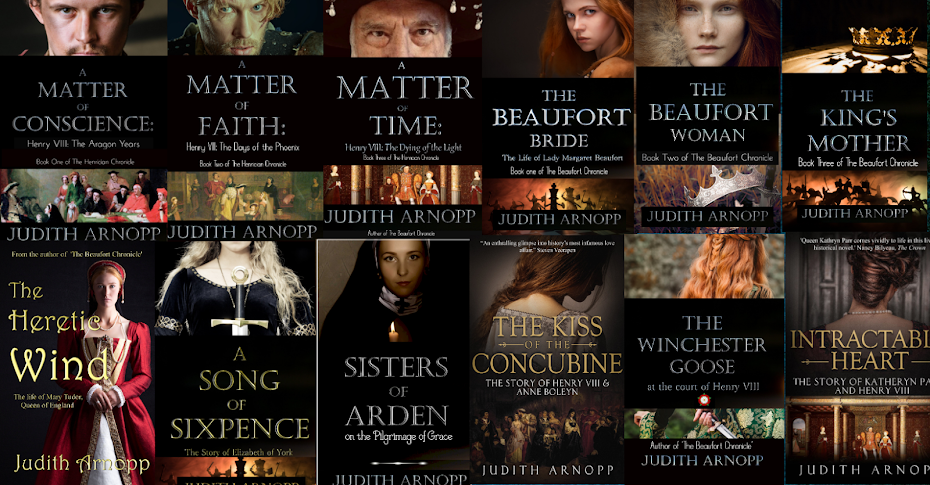As the spring approaches and we all begin to think about day trips and picnics I thought I'd reblog this piece I wrote about Sudeley.
Sudeley Castle is a comparatively small place in the scheme of
things, set against the backdrop of the Cotswolds. Sudeley is, and has been,
many things; today it is a family home, a beautiful garden, a historic jewel,
and the last resting place of an English queen. The Castle is steeped in history and was first mentioned in a
10th century charter. King Ethelred hunted deer in the park and
later, when the castle passed to Goda, her distant relationship to William the
Conqueror, saved it from Norman take over.
Sudeley remained in the hands of Goda’s family until the reign of
Henry V when the castle was gifted to Thomas Boteler in way of repayment for his
action in the war with France. It was Boteler who began to transform Sudeley
into an enviable home, enlarging and updating the existing fabric of the
building to create a place fit for royalty.
When the Lancastrians were defeated and Edward IV took the throne the
Boteler family were forced out and Sudeley’s new owner was no other than the
king’s brother, Richard of Gloucester, later King Richard III of car park fame.
When the tables turned again and Richard was defeated at Bosworth,
Henry VII took it over, bestowing it on his loyal uncle Jasper Tudor. After
Jasper’s death Sudeley once more became crown property.
Henry VIII visited once with Anne Boleyn. They met with Thomas
Cromwell there to discuss the reformation of the monasteries and took a keen
interest in the Blood of Christ housed at nearby Winchcombe Abbey. At this time
the castle was run down and unoccupied for much of the time.
On his accession to the throne Edward VI made his uncle, Thomas
Seymour, Lord of Sudeley and after his marriage to Katheryn Parr, Seymour and
his new wife made their home there.
The Seymours implemented
many improvements and Katheryn took great care in choosing the décor of the
nursery for their expected child. Unfortunately, to Thomas Seymour’s sorrow, Katheryn
died scarcely a year later, having given birth to a healthy daughter, whom they
named Mary.
With Thomas’ ward, Lady Jane Grey, acting chief mourner Katheryn
was laid to rest in St Mary’s church adjacent to the castle. Today visitors to
Sudeley can view a love letter and portrait gifted to the queen by her husband.
Katheryn’s step daughter and friend, Elizabeth Tudor, later Queen
Elizabeth I, visited Sudelely on three occasions during her reign. It is easy
to imagine her walking in the garden, remembering her stepmother, recalling
conversations, small personal details of their shared life that are now lost to
history.
Sudeley’s history doesn’t stop with the Tudors. During the civil
war Prince Rupert made the castle his headquarters, and Charles I stayed there
for a time during the campaign to take Gloucester.
During the course of the war Sudelely passed back and forth
between Royalist and Parliamentarian hands until Parliament ordered the
‘slighting’ of Sudeley making the house indefensible. The roof was removed, and
the rest of the building fell swiftly into decay. The fine worked stone was
quarried by locals until the grand castle became nothing more than an attractive
romantic ruin. For the next two hundred years it was left to the mercy of the
elements, a trysting place for lovers, or a hideaway for thieves.
In 1782, Katheryn Parr’s grave was rediscovered. The lead casket
was opened the body found within reported to be 'uncorrupted'. She was
reinterred in 1817 by the Rector of Sudeley and a plaque copied from the
original inscription on the lead coffin placed upon it. Today there is an
effigy on the tomb but this was made in Victorian times.
Sudeley remained in elegant decay until the nineteenth century
when it was bought by two brothers, John and William Dent, who embarked upon a
restoration project. They employed architect Sir Gilbert Scott to restore the
chapel. The walls and large parts of the castle were restored. Finally Lady
Emma Dent spent almost fifty years putting the finishing touches, filling
Sudeley with fine art and historical artefacts.
Yet, of all the people mentioned in this potted history; the
Lords, the ladies, the kings, the politicians; it is Katheryn’s memory that
lingers. Visitors flock there, not just to see a splendid house and a
magnificent garden; they go there because of Henry VIII’s last queen, Katheryn
Parr.
The Tudor style parterre is only a reconstruction but, although Katheryn
may have gone it is easy to imagine her there, inhaling the scent of the
flowers, the kiss of summer rain on blush pink petals.
While you move quietly between the roses, or pass through the old
yew hedge, you can imagine a footstep on the gravel behind you, the sweeping
red skirts of her kirtle as she joins you. And as she follows you around the
flowerbeds, you may feel the brush of her hanging sleeves.
Judith is the author of seven historical novels and is currently working on a trilogy tracing the life of Margaret Beaufort. Book one of The Beaufort Chronicles, The Beaufort Bride will be out soon.
For more information about Judith's work please click here
or here: www.juditharnopp.com
Pictures of Sudeley Castle and of the church at the castle are both licensed under the Creative Commons Attribution 2.0 Generic license, the former to Gordon Robertson, the latter to Jason Ballard. The picture of Katheryn Parr's tomb is licensed to TudorQueen6 via the Creative Commons Attribution-Share Alike 3.0 Unported license. The portraits of Thomas Seymour and Katheryn Parr are in the public domain due to expiration of copyright.











